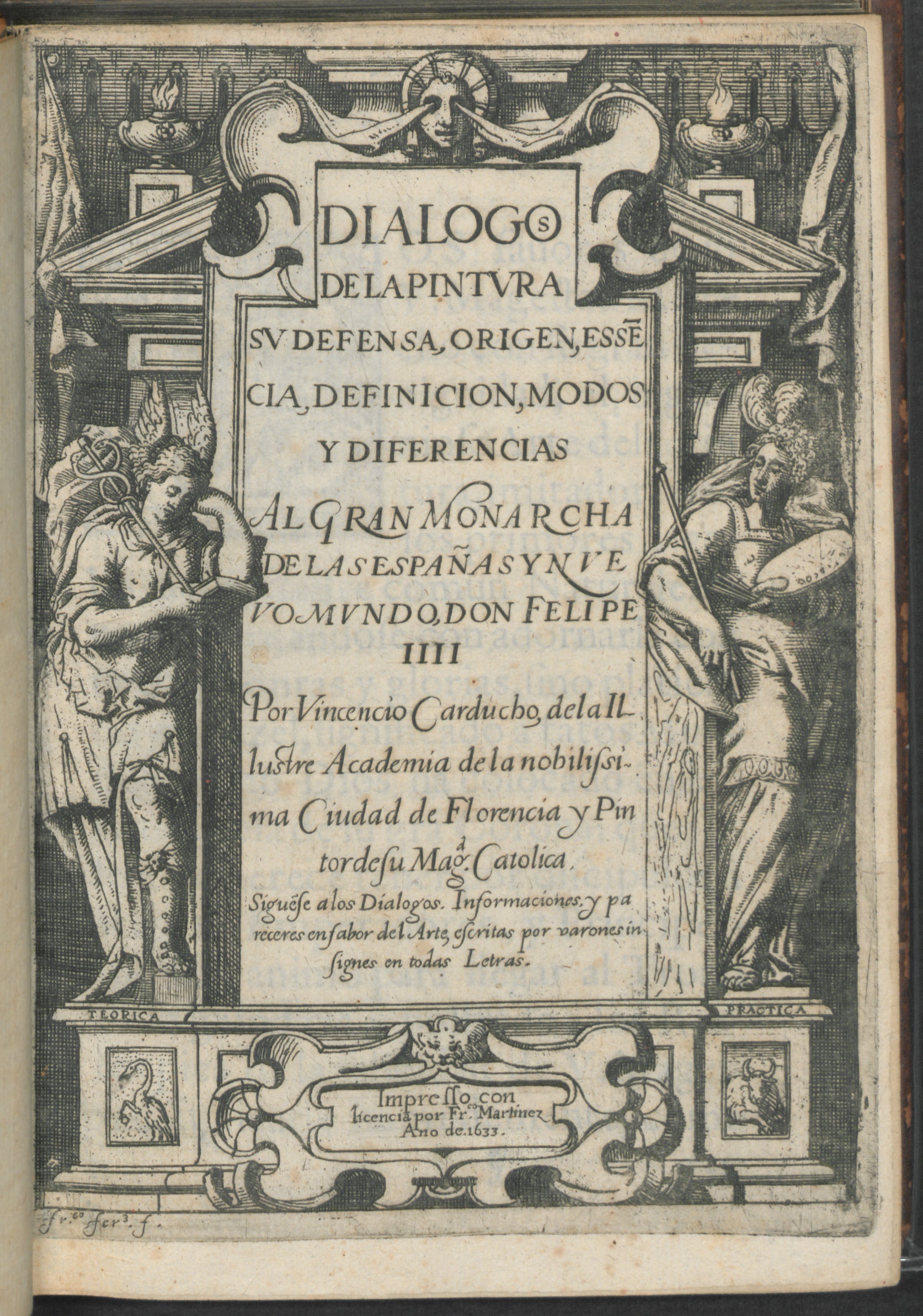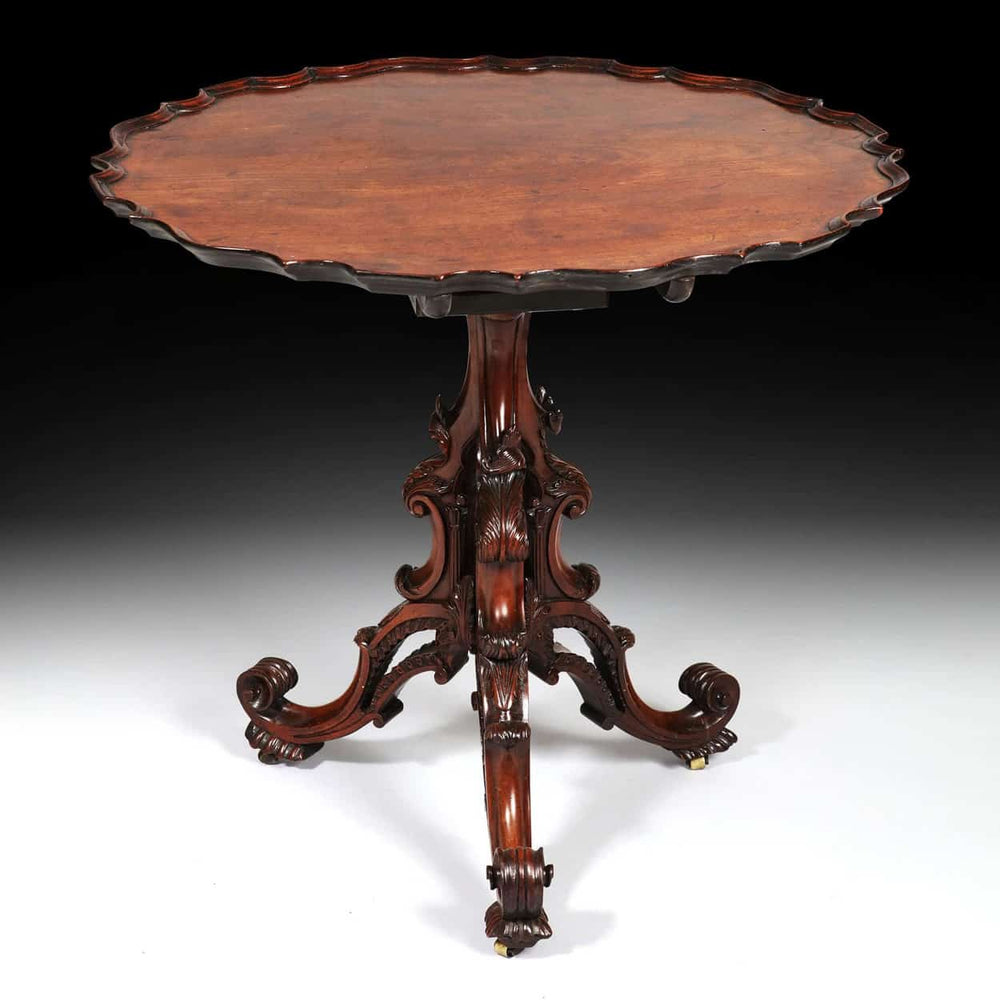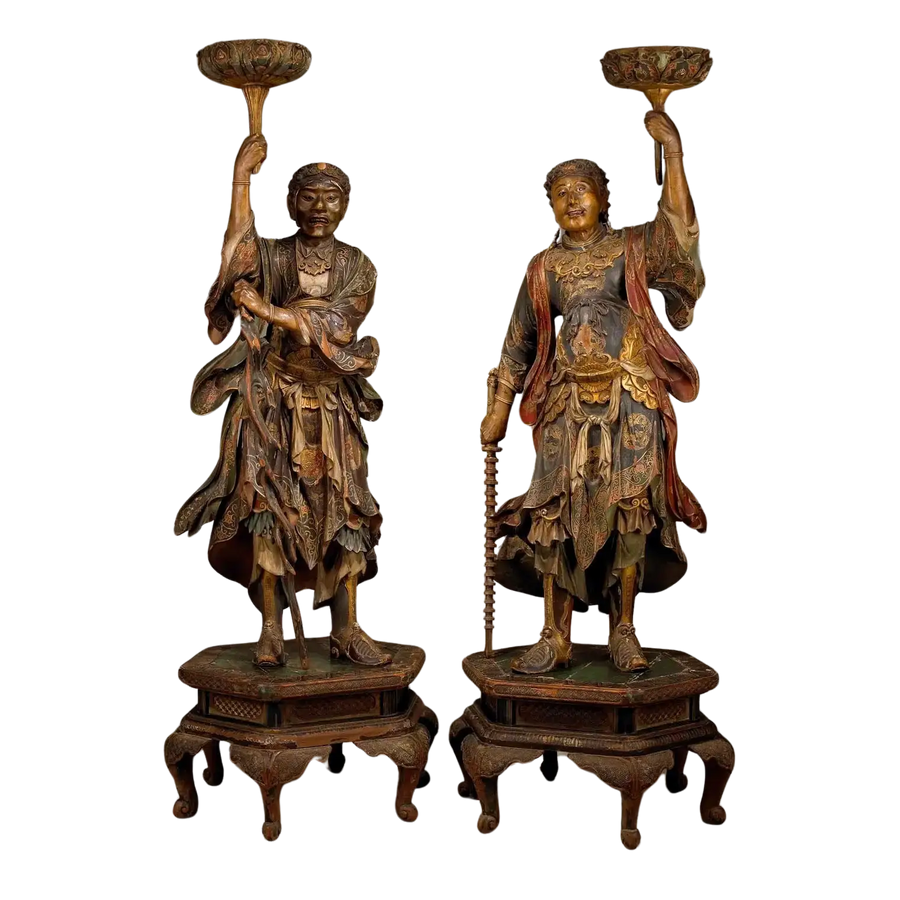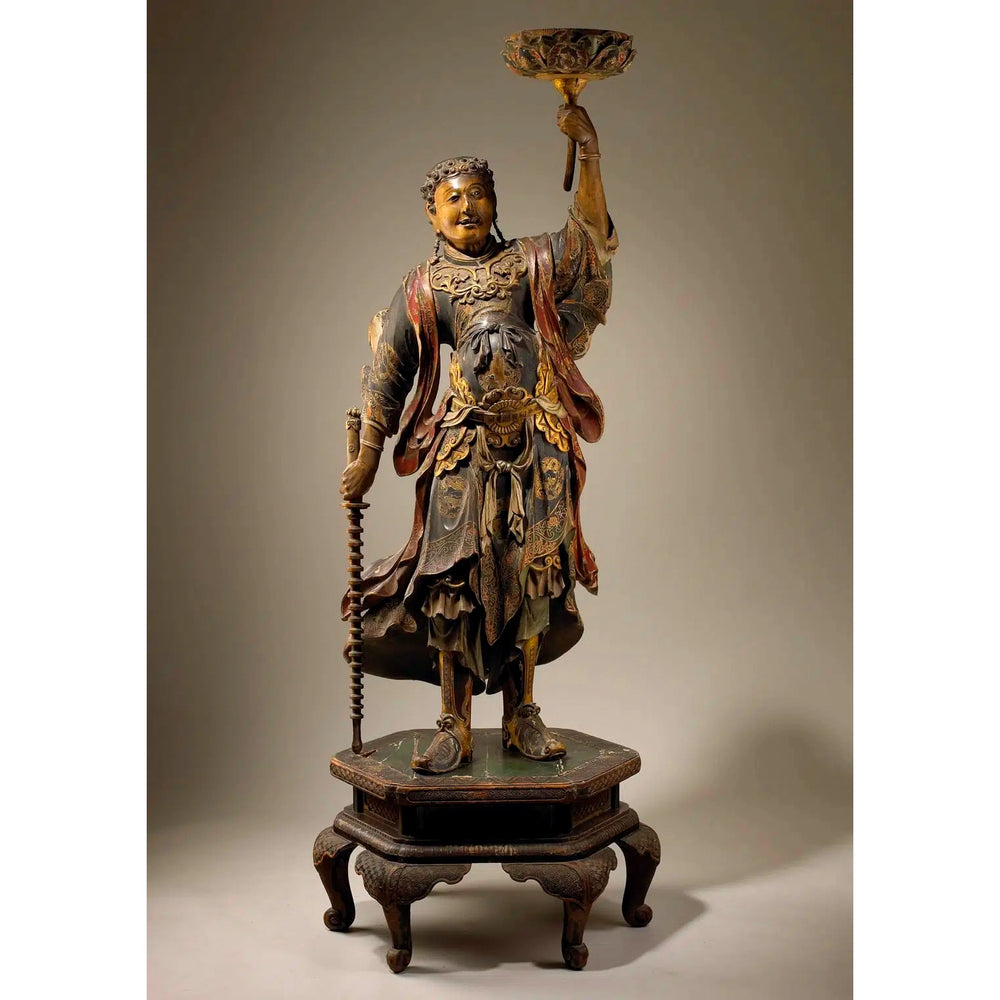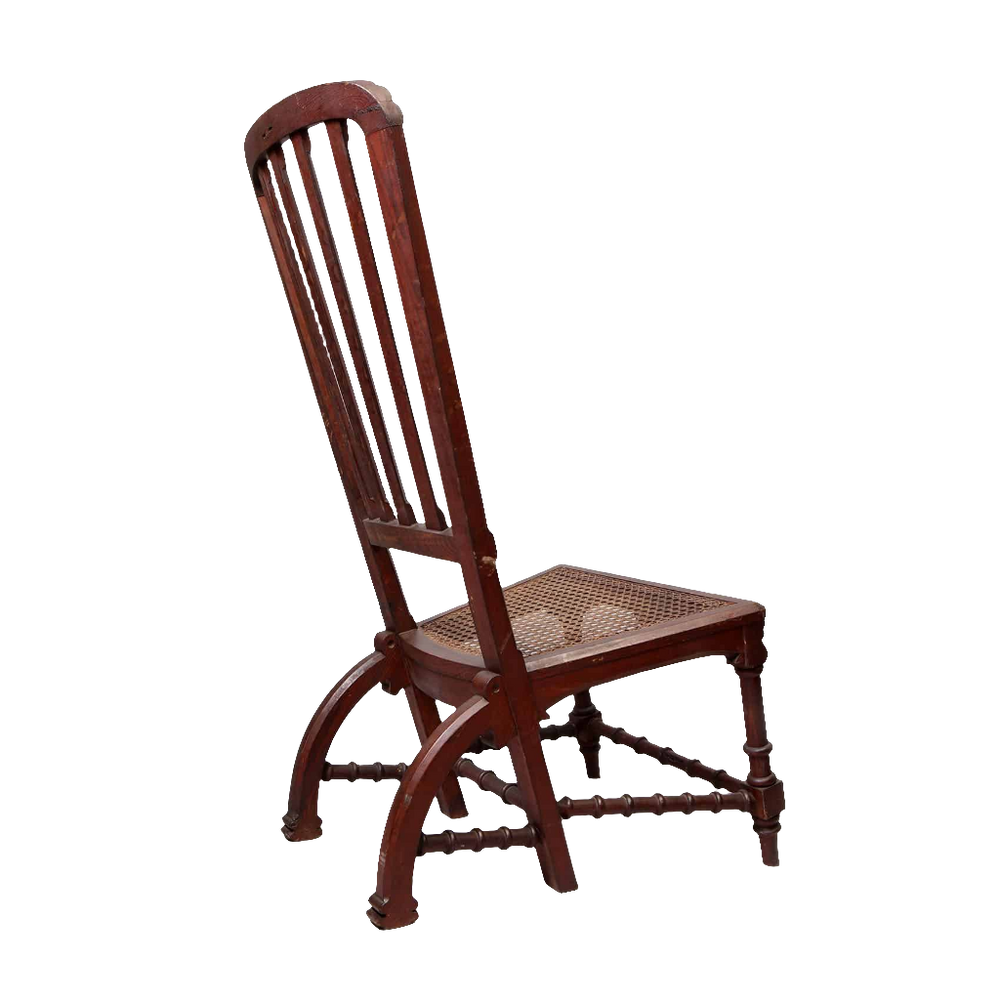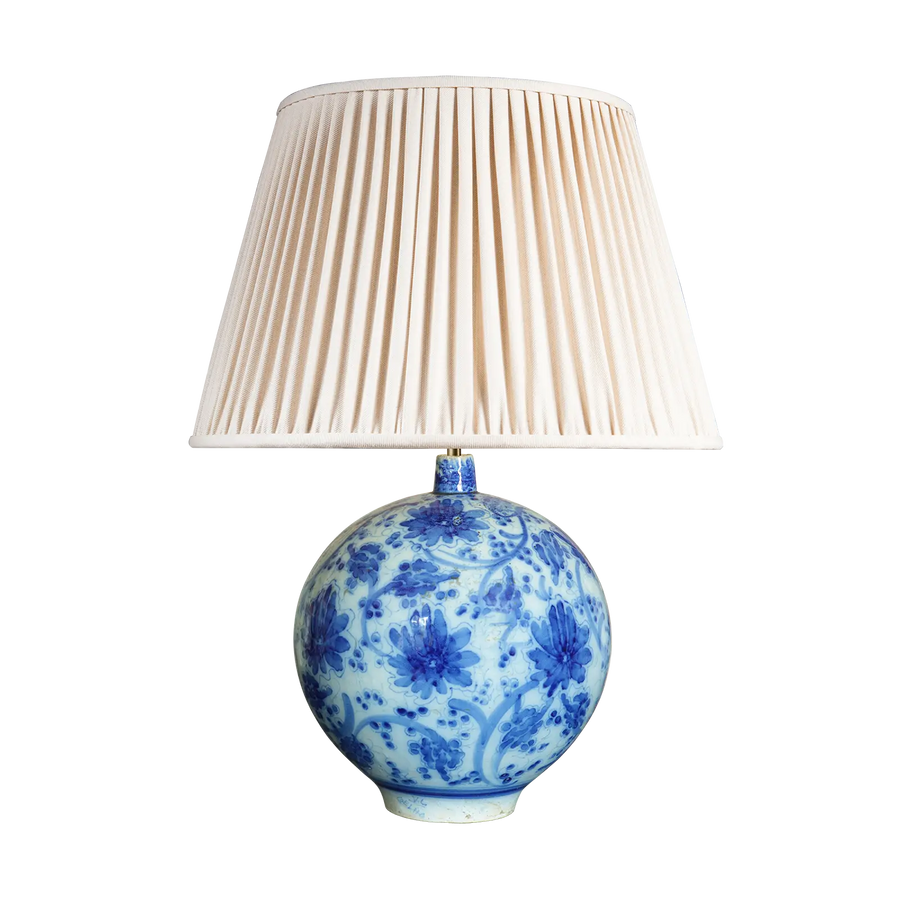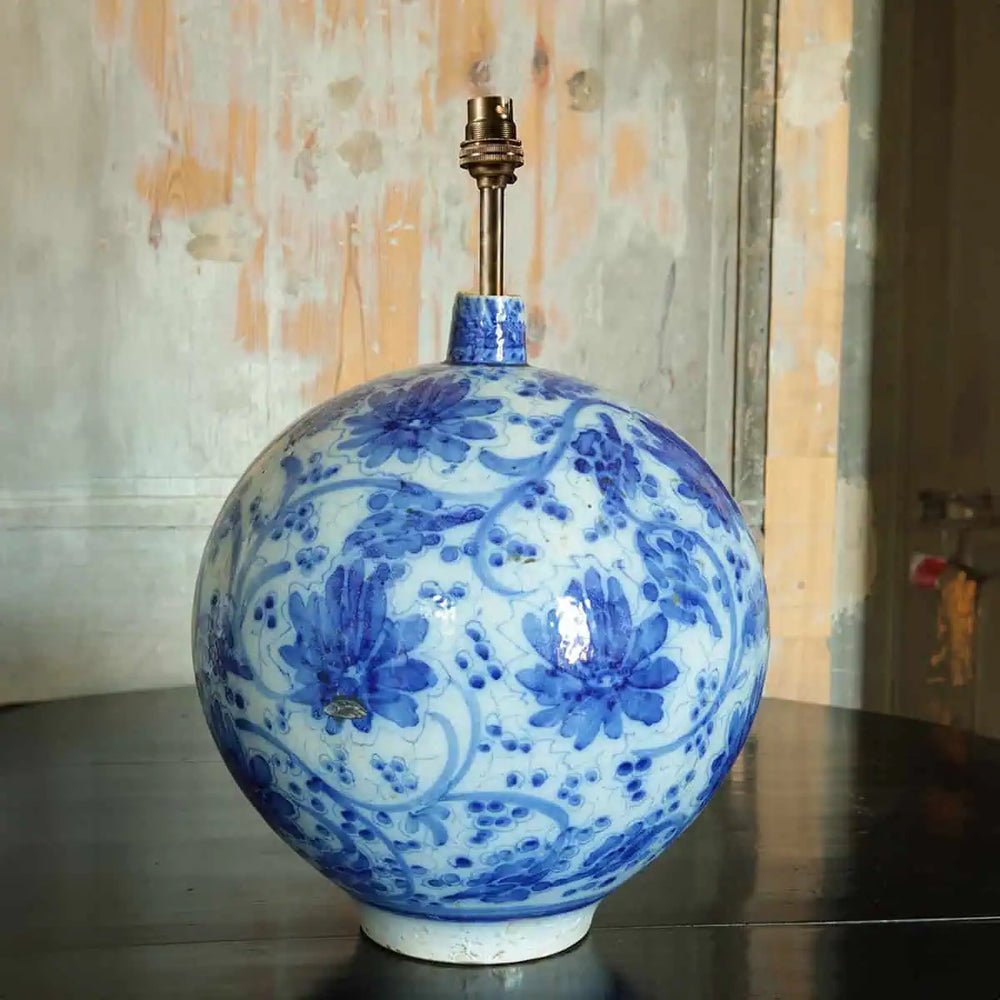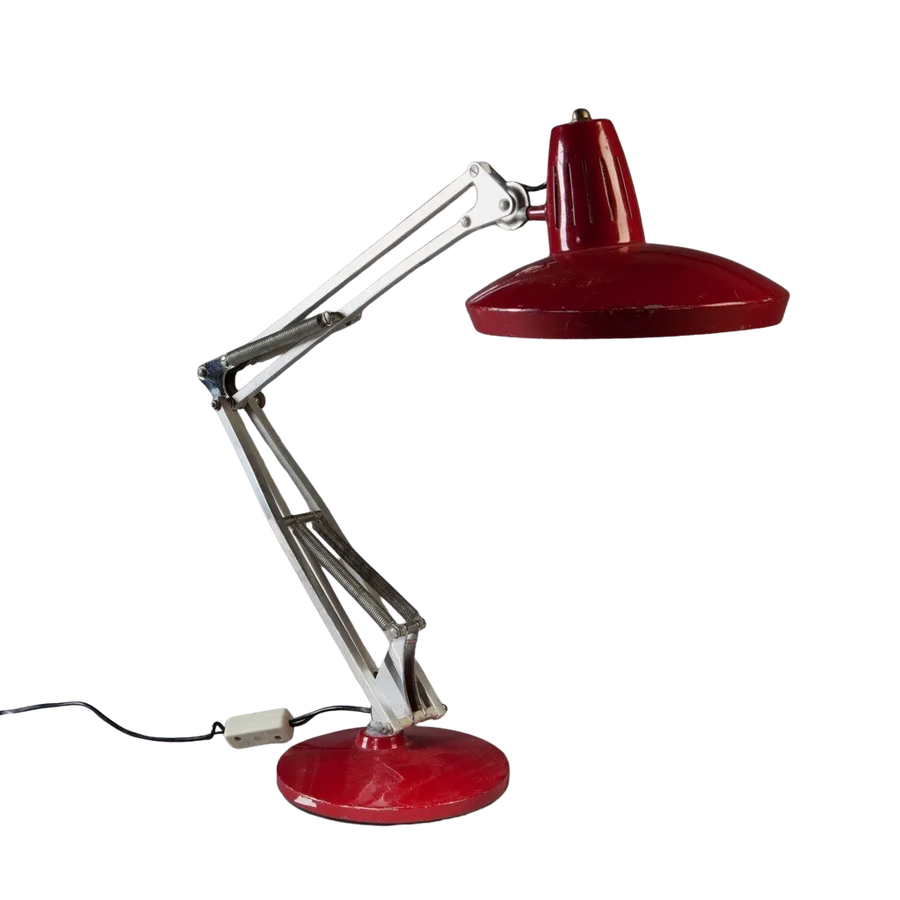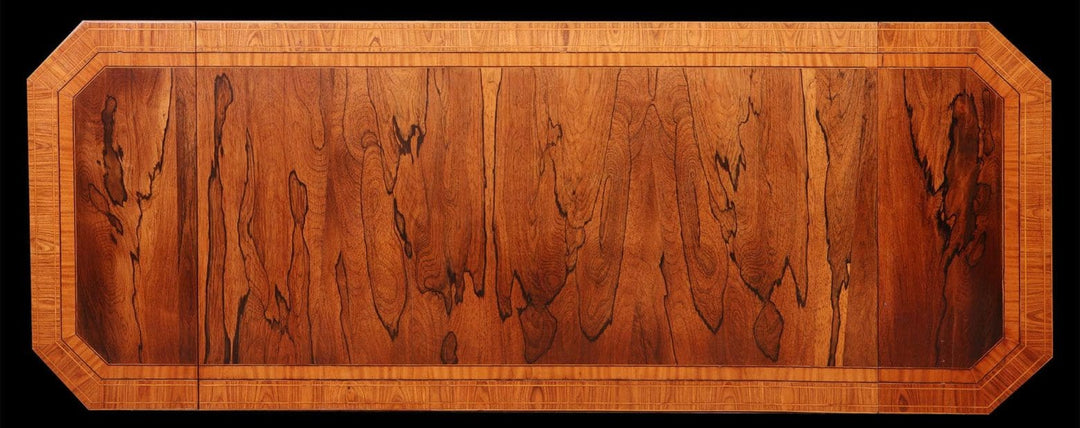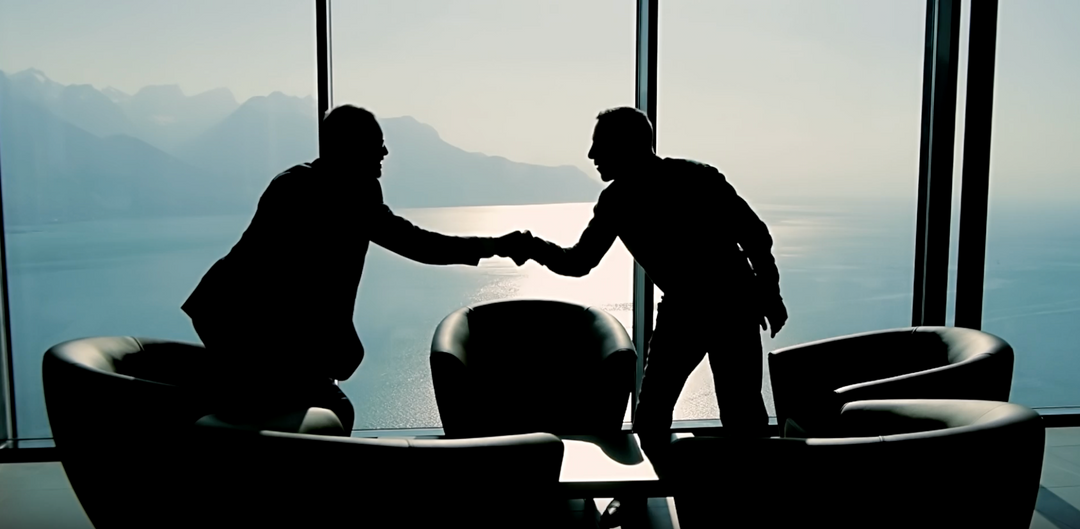The decorative arts in Spain during the 18th and 19th centuries underwent substantial evolution, shaped by royal initiative and broader European exchange. The ascension of the Bourbon dynasty introduced strong French influence, which was gradually integrated with established Spanish artistic traditions.
Bourbon Influence and Cultural Exchange
- The arrival of Philip V in 1700 marked the beginning of Bourbon rule and increased French cultural influence.
- French Rococo and later Neoclassical styles were adopted across Spanish decorative media, including porcelain, textiles, and furniture.
Royal Patronage and Artistic Institutions
- Monarchs such as Charles III supported dedicated production centres for the decorative arts.
- Notable establishments included the Royal Porcelain Factory at Buen Retiro and the Royal Tapestry Factory in Madrid.
- These institutions produced refined objects for both domestic use and diplomatic gifting.
Porcelain and Ceramics
- Spanish porcelain adopted stylistic features from French and Italian models.
- Decorative themes ranged from pastoral scenes and religious imagery to everyday life.
- Pieces were known for technical precision and detailed ornamentation.
Textiles and Tapestries
- The Royal Tapestry Factory produced large-scale woven works for palatial interiors.
- Common subjects included allegorical, historical, and hunting scenes.
- Stylistic shifts moved from Rococo’s ornamental richness to the structured forms of Neoclassicism.
Furniture and Interior Decoration
- Spanish furniture featured carved embellishments, gilding, and marquetry typical of Rococo design.
- Neoclassical influences led to simpler geometries and symmetrical layouts by the late 18th century.
- These pieces reflected the tastes of royal courts and aristocratic patrons.
Preservation of National Identity
- Despite foreign influences, Spanish decorative arts retained regional distinctions in form and subject matter.
- The fusion of imported styles with local traditions contributed to a unique aesthetic within the European context.
- Artistic production during this period reinforced Spain’s cultural presence and political stature.
Image:
Vicente Carducho (Italian, 1570/78–1638) / Metropolitan Museum
The decorative arts in Spain during the 18th and 19th centuries underwent substantial evolution, shaped by royal initiative and broader European exchange. The ascension of the Bourbon dynasty introduced strong French influence, which was gradually integrated with established Spanish artistic traditions.
Bourbon Influence and Cultural Exchange
- The arrival of Philip V in 1700 marked the beginning of Bourbon rule and increased French cultural influence.
- French Rococo and later Neoclassical styles were adopted across Spanish decorative media, including porcelain, textiles, and furniture.
Royal Patronage and Artistic Institutions
- Monarchs such as Charles III supported dedicated production centres for the decorative arts.
- Notable establishments included the Royal Porcelain Factory at Buen Retiro and the Royal Tapestry Factory in Madrid.
- These institutions produced refined objects for both domestic use and diplomatic gifting.
Porcelain and Ceramics
- Spanish porcelain adopted stylistic features from French and Italian models.
- Decorative themes ranged from pastoral scenes and religious imagery to everyday life.
- Pieces were known for technical precision and detailed ornamentation.
Textiles and Tapestries
- The Royal Tapestry Factory produced large-scale woven works for palatial interiors.
- Common subjects included allegorical, historical, and hunting scenes.
- Stylistic shifts moved from Rococo’s ornamental richness to the structured forms of Neoclassicism.
Furniture and Interior Decoration
- Spanish furniture featured carved embellishments, gilding, and marquetry typical of Rococo design.
- Neoclassical influences led to simpler geometries and symmetrical layouts by the late 18th century.
- These pieces reflected the tastes of royal courts and aristocratic patrons.
Preservation of National Identity
- Despite foreign influences, Spanish decorative arts retained regional distinctions in form and subject matter.
- The fusion of imported styles with local traditions contributed to a unique aesthetic within the European context.
- Artistic production during this period reinforced Spain’s cultural presence and political stature.
Image:
Vicente Carducho (Italian, 1570/78–1638) / Metropolitan Museum
Read More
